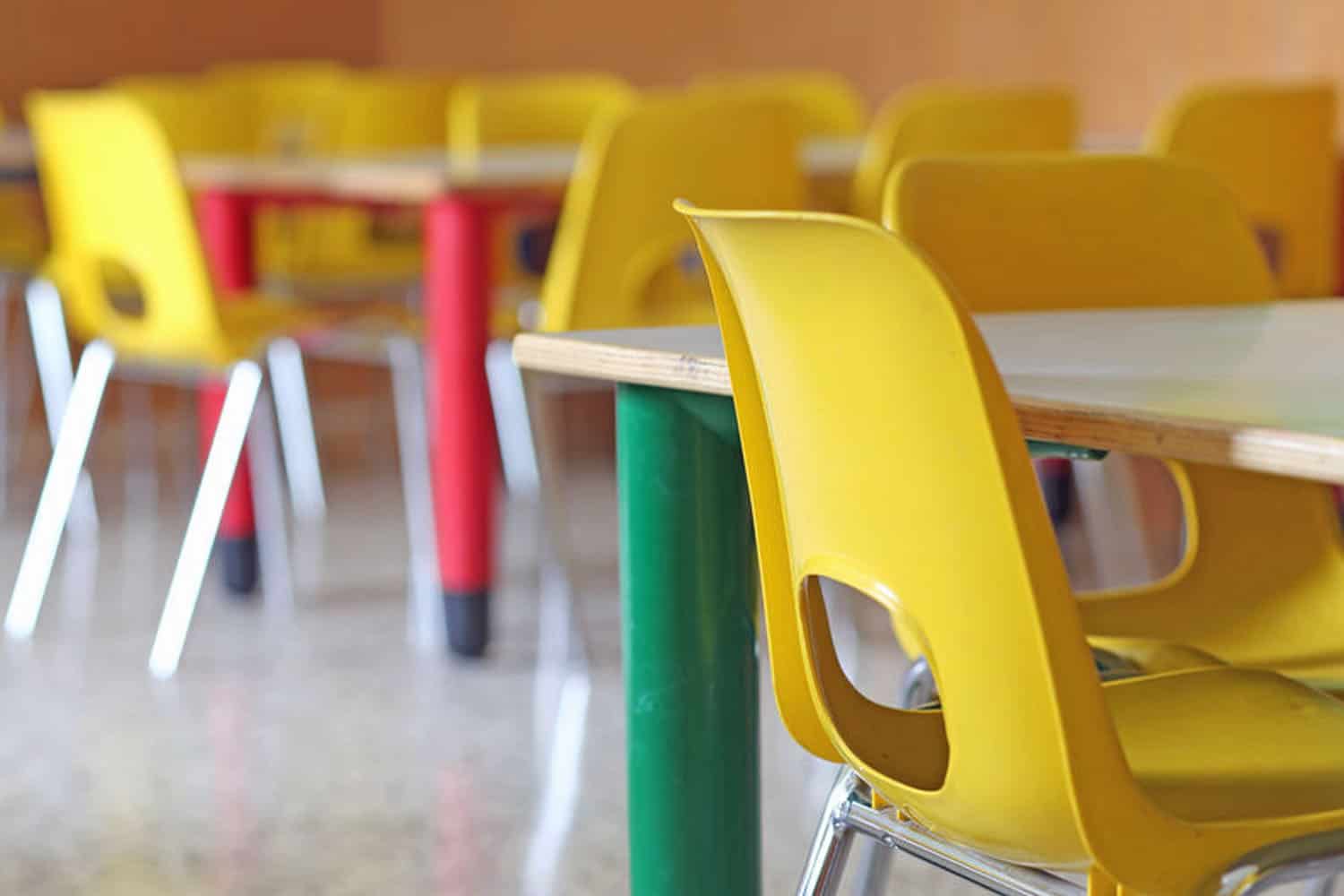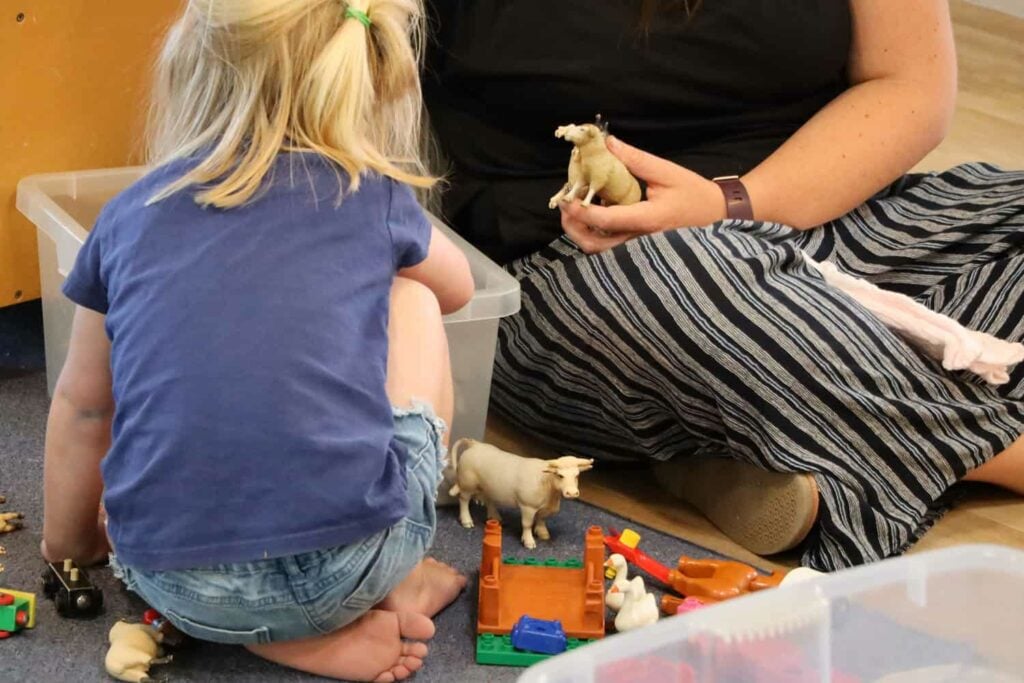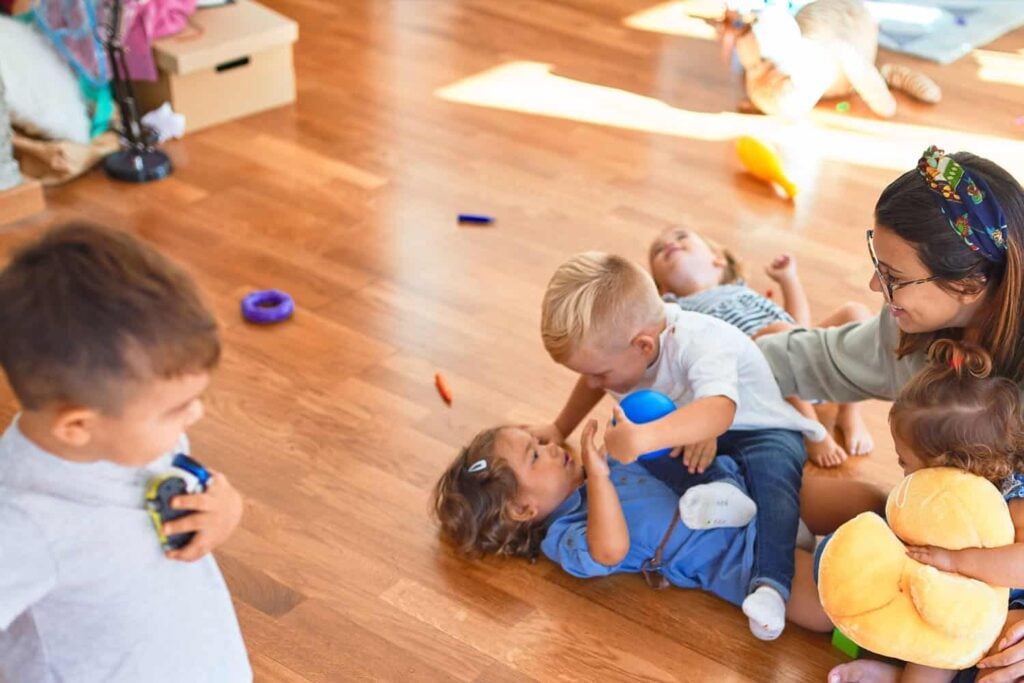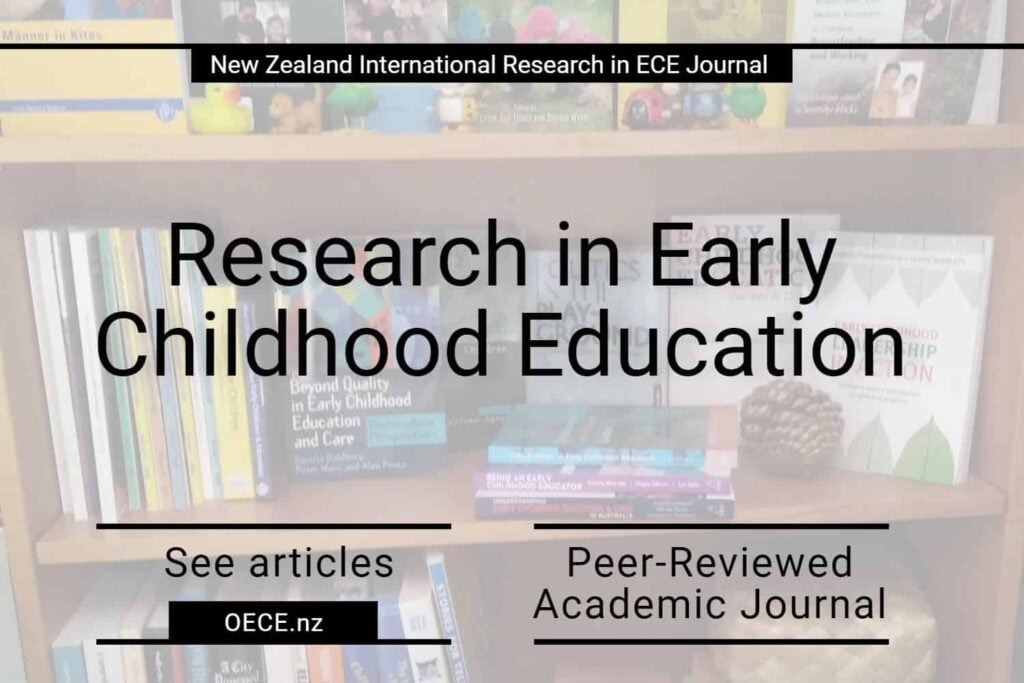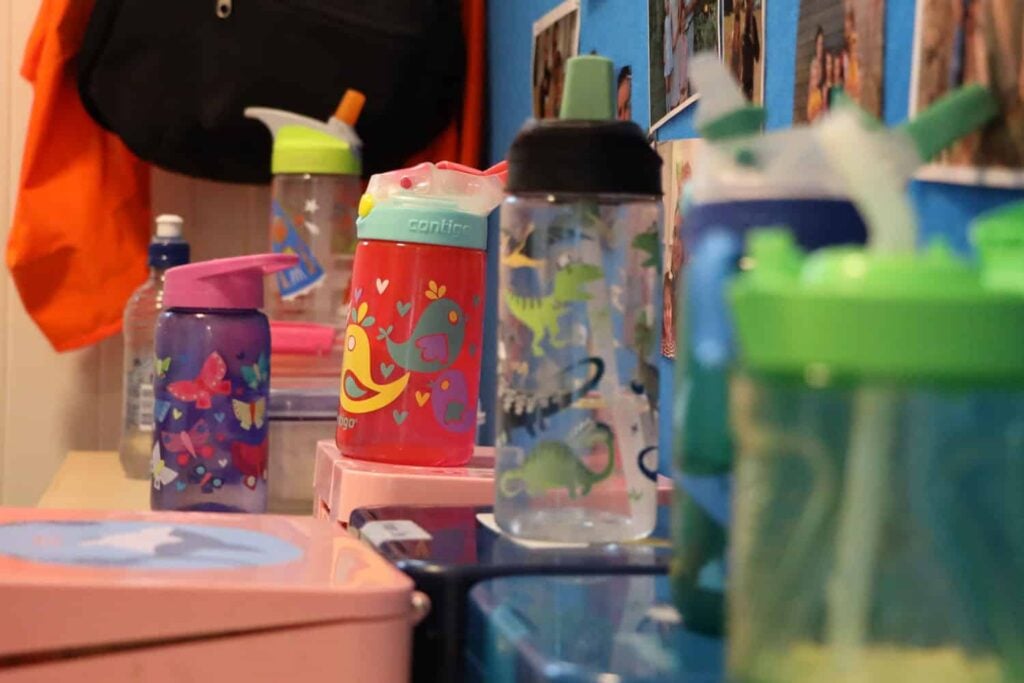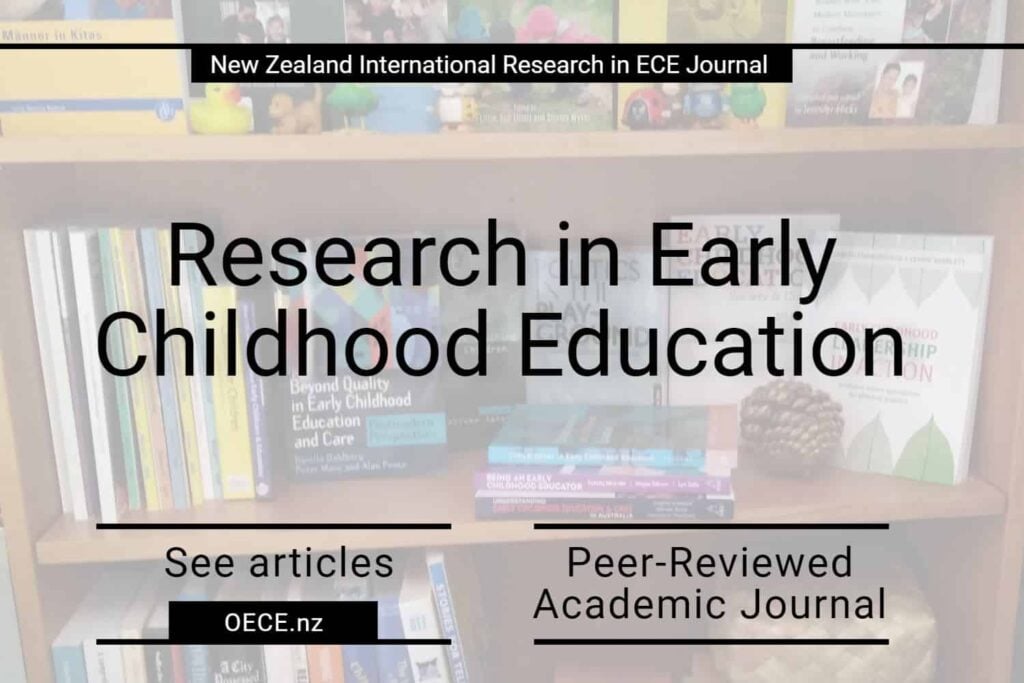Inadequate and Irregular Monitoring.
Opinion Article.
Dr Sarah Alexander.
February 19. 2017.
Inadequate and irregular monitoring of standards can lead to disastrous consequences.
Along with better monitoring, there needs to be transparency and a strong focus by the Ministry of Education on putting children’s well being first, ensuring families are not kept in the dark, and enabling everyone in the sector to learn from serious incidents and mistakes.
Three case examples
An infant was burnt horribly while being bathed at an early childhood centre in December 2015. He was 8 months old at the time.
It would seem that the centre did not call for emergency help or medical assistance.
It was not until some months later when the child’s parent talked with a Newshub reporter that it became publicly known that anything may have happened.
The Ministry of Education has to date not said publicly what happened, though it is clear that a child was burnt and that this was most likely a preventable injury. The Ministry has refused my requests to release a summary of what actually happened at the Bright Sparks Childcare Airport Centre in Mangere – a centre owned by a long-term senior executive member of the Early Childhood Council business lobby group. Yet even a simple summary would confirm, deny, or throw more light on the media report and be more helpful to the sector than keeping it behind closed doors.
The Ministry cited protection of the child’s and parent’s identity as the reason for not saying what happened which is an odd reason because (1) the Newshub report is still online and can be found by anyone, and (2) an incident summary need not include names in any case.
So the two questions this response could lead to being asked are: Could the Ministry be hiding something? And, who or what is it actually trying to protect? In response to a separate Official Information Act request about complaints made against early childhood services in 2015 the Ministry suggested that reasons of commercial protection were actually what was behind its current position.
In November 2016 we learnt about serious incidents at two other early childhood centres because the media reported on these following the centres calling for emergency help.
At one centre a tree fell and injured four children. It was lucky that no child or adult died. The owner said he had held concerns about the health of the tree since the centre opened three years ago. Nevertheless, this had not been picked up when the centre was licensed by the Ministry of Education and it received a positive review from the Education Review Office in 2015.
At another centre, a 4-year-old child died in the playground and was said by the owner to have been using playground apparatus commonly available in other early childhood centres. If this was the case, why has the Ministry of Education not yet put out a warning to other centres and members of the public about the use of the apparatus – or told us what it was?
Had the incidents not been reported in the media would other parents, teachers, and early childhood services have known about these? No – the Ministry of Education would have kept it hushed up and not said anything. Yet at centres across the country, knowing about the tree incident led to many looking at the safety of their own trees – which can only be a good thing for our children and adults and the quality of ECE services.
An infant is burned – what lessons can be learnt from the case?
The Newshub story tells us that at the Bright Sparks Childcare Airport centre no medical assistance was obtained for the infant yet his burns were serious and needed hospital treatment.
His parents were not contacted. The centre failed to tell his mum what had happened when she picked him up.
The centre claimed it did not know that he had been injured and did not file an incident report until a couple of days later (the time gap has been confirmed by the Ministry of Education).
It is possible that either standards were not being adhered to at the centre or were not being enforced.
The Ministry of Education found on investigation that the centre was operating in breach of not just a regulation regarding the temperature of tap water but some other conditions under the Education (Early Childhood Services) Regulations and Criteria as well:
- All practicable steps are undertaken to get immediate medical assistance and to notify a parent of what has happened. Documentation required of the incident and its management, and a written procedure on the service’s response to accident, incident, and illness including the review and implementation of practices as required.
- A procedure outlining how hygiene and infection control outcome will be met when washing sick and soiled children.
- If a child is injured, any required first aid is administered or supervised by an adult meeting these requirements.
- Equipment, premises and facilities are checked on every day of operation for hazards to children. Accident/incident records are analysed to identify hazards and appropriate action is taken. Hazards to the safety of children are eliminated, isolated or minimised.
- A procedure for nappy changing is displayed near the nappy changing facilities and consistently implemented. The procedure aims to ensure safe and hygienic practices; and that children are treated with dignity and respect.
On a Friday afternoon the centre owner informed the Ministry of Education of the incident. On the following Monday morning at 7.12am the Ministry of Education sent an email to the owner with the following communication message to give to its parents:
Communication Message to Parents
Care and safety of your children is our utmost priority. Recently an incident occurred at our centre and a full investigation is underway. While this investigation is in process I am unable to provide any more details. If you have any worries please come and talk with me and __ directly. This incident has given us the opportunity to review a number of our processes and we are working to ensure that our processes are fully followed
Note that the timeline makes it questionable whether a full investigation had actually started and it does not appear that the Ministry of Education had visited the centre and seen for itself, for example that care and safety of children was the centre’s utmost priority. The communication message does not inform parents what the incident was – and their right to know and to make an informed decision whether their child was also at risk does not appear to be reflected in the message wording.
Comments made by the contractor in her report provide insight that may possibly be useful for other service providers, teachers and unqualified staff, and parents working in early childhood services to read and see what lessons they may learn from the case.
Some of the comments relate to issues that may be more likely to arise in larger early childhood centres – Bright Sparks Childcare Airport is licensed to have 134 children on its premises at any one time.
Policy review was something that was mainly driven by (the owner) and the Henderson manager (a second centre in the Bright Sparks Childcare group). This meant that the teachers (at the Airport centre) were unaware of what policy said. Policies were not developed for each centre.
During our first meeting it become apparent that there was a mismatch between policies and procedures and what was happening in practice. Some teachers had recently undergone transitions into new rooms and felt that during this process they did not fully understand the way the room ran.
During each visit there came to light other areas of teachers knowledge of procedure that needed to be strengthened. These are some of the areas that needed to be strengthened:
- Sleep charts were not being consistently signed.
- Teachers needed to understand the procedure for assisting children when they ware bleeding, practice was unsafe.
- Teachers needed to understand the importance of the accident register, fill it out and act on hazards. The register was not consistent in recognising hazards.
- Nappy changing procedure needed to be understood and adhered to.
- The daily hazard register needs to be filled out – teachers are first and foremost the advocate for the child and if things need to be fixed then it is mandatory that teachers alert management.
- Health and safety issues of cleaning the environment need to be understood and adhered to.
- Policy review was generally the manager’s role.
- Health and safety was generally the head teacher’s role.
During the last meeting with the team we completed the Safety Culture Snapshot that is recommended for teams as they start looking at the new health and safety regulations. The centre rated themselves around 90 out of a possible 114. This exercise did create further conversations about roles and responsibilities and they realise that they will need to continue to strengthen their communication around H&S in order to ensure all teachers feel empowered to say something if need be (my emphasis).
Staffing has been reviewed and some teachers have been transitioned into other areas of the centre to use teachers strengths and therefore creating stronger leadership within each of the rooms.There have also been further qualified teachers employed which has also created stronger leadership in the babies room.
During the last meeting we discussed the idea of assumption being a dangerous thing. Assuming that procedures are being followed, assuming that everyone knows the right thing to do or assuming that teachers are confident enough to have a voice lead this centre into a dangerous place.
(The owner) often said she she has very high standards but the downfall was that she assumed everyone knew what those standards were.
The Ministry of Education re-issued a full licence to Bright Sparks Childcare Airport on 30 June 2016 indicating its judgement that the centre is in full compliance with regulations and the problems it had identified have been fixed.
The wider environment
The inspection of early childhood standards by the Ministry of Education does not appear to be regular or often.
After an early childhood service is issued with a full licence the Ministry may not inspect it again unless it has cause to do so, such as if there is a formal complaint laid against it or the service applies to change its licence.
The Ministry of Education received a complaint about the Bright Sparks Childcare Airport centre following the incident. But had it not received a complaint and had the Secretary for Education not considered that it warranted investigation then it may possibly have trusted the centre to do its own internal checks and left it to it.
The Education Review Office gives ECE services advance notice of visits in order to prepare. It asks providers to attest to meeting legal obligations, relying on the word of the providers’, and it may or may not do full safety checks.
ERO had published for parents and public reading a positive review of the Bright Sparks Childcare Airport centre in August 2014 and yet it was later discovered by the Ministry of Education to be operating in breach of licensing requirements.
This leaves some questions unanswered: Had the ERO reviewers not noticed the breaches, were the breaches covered up for the ERO visit, or had the centre slipped in its compliance between the time of the ERO review and the incident? Should ERO be ensuring that its online reviews are more regularly updated and do not risk misleading parents and the public?
The State, children and families and sometimes also the teachers can be left to pick up the costs. In this particular case:
- The child’s mother said in the Newshub story that the centre saying sorry will not take away the pain her son suffered and what she and her husband went through.
- In a letter dated 23rd December 2015, the Ministry placed the Bright Sparks Childcare Airport centre on a provisional licence with conditions to be met by 31 March 2016. The centre could continue operating while the Ministry paid for a contractor under its ‘Strengthening Early Learning Opportunities’ professional development scheme to assist the centre to meet the conditions. The letter stated that “if any condition listed on the licence has not been complied with by the specified dates and compliance with that condition is still required, then the service’s licence will be cancelled”.
- On the 30th March 2016 the centre was given an extension on the licence to 30 June 2016
- The Ministry again carried the costs of a contractor for the centre.
- A licence to open and operate another new large early childhood centre in Orewa’s CBD was granted to the owner of Bright Sparks by the Ministry of Education.
- Close to $1.5 million in taxpayer funded subsidies between November 2015 and July 2016 went to the Bright Sparks Airport Centre (in addition to the owner receiving the free SELO support).
In 2013 the Ministry released information to me, with identifying details removed, about complaints against ECE services it had received during 2012, actions taken, and complaints upheld. Since then though it has closed the door on information and started publishing annual summaries only, that are so general in wording that it would be unlikely a person could tell whether or not their complaint has been included, or even if this case of the child being burnt was counted.
This week I received the following response from the Ministry to my request regarding access to a similar level of information on complaints it had received during 2015, as was previously provided in 2013:
Following your previous request and in light of high previous interest (see for example one newspaper report – my insertion), we undertook to release (‘less’ my insertion) information on complaints about ECE services annually. Since 2013 we have published Early Learning complaints information on our website … please find attached a copy of the summary.
The Ministry needs to lift the current veil of secrecy and change the position it has adopted over recent years.
Early childhood sector concerns in relation to monitoring and transparency
A national survey of early childhood teachers found that a quarter of teachers held reservations about the quality of their centre such that they would not enrol a child of their own at it or at another centre comparable in quality to where they worked.
Business lobby group, the Early Childhood Council, said on Radio NZ in response to the survey findings that “teachers should blow the whistle on low-quality early childhood centres” and “I don’t believe this problem is as big as has been painted in this research.” The incident of the infant being burnt occurred at one of the centres belonging to a senior member of the ECC’s executive just two months later. So maybe there is a problem and as the lobby group said it should be brought out in the open – but it has not done this yet and not for one of its own.
The Ministry said in reply to the teacher survey, that it monitors centres regularly; it believed New Zealand’s early childhood education standards were among the highest in the world and that at any one time not less than 98% of services met or exceeded licensing standards.
In my contact with early childhood services I find there are many community groups and private owners who believe transparency is important and they would welcome unannounced and more regular visits from the Ministry of Education and/or ERO.
The Ministry’s current approach to keeping problems as quiet as it can does not appear to be an approach that is conducive to supporting the best interests of children and the sector.
Closing thoughts
The numbers of children participating in early childhood education is now at an all time high – this raises the stakes in getting the monitoring of standards right and in doing everything we can to mitigate against the risk of child injury, harm or death.
We don’t know how many incidents occur that are not brought to the media’s attention or picked up on by the Ministry of Education.
There are clearly deficiencies within the wider environment in which cases of serious child harm have occurred. Better monitoring of standards is needed as this would mean an emphasis on prevention and communication rather than having an ambulance at the bottom of the cliff.
While there is discussion about this within the early childhood sector, it is hoped that outside of the sector others working within social policy, child protection, and media organisations and journalists will also ask questions and help to call for a review of how ERO and the Ministry of Education review and monitor the standards of ECE services, the Ministry of Education’s handling and reporting of complaints and serious incidents, and regulations concerning licensing and monitoring.
If parents cannot rely on the Ministry of Education to be advocates for their child’s care, education and safety when it is responsible for licensing and monitoring standards then we have a very serious problem in NZ. No parent should be left in the position of worrying when leaving their child at an early childhood service whether their child will be safe and will be alive at the end of the day.
Better monitoring of standards in early childhood services and transparency would be welcomed within the sector by those who are committed to providing high quality for children and have nothing to hide.
It would seem that the Ministry of Education needs to up its game.


